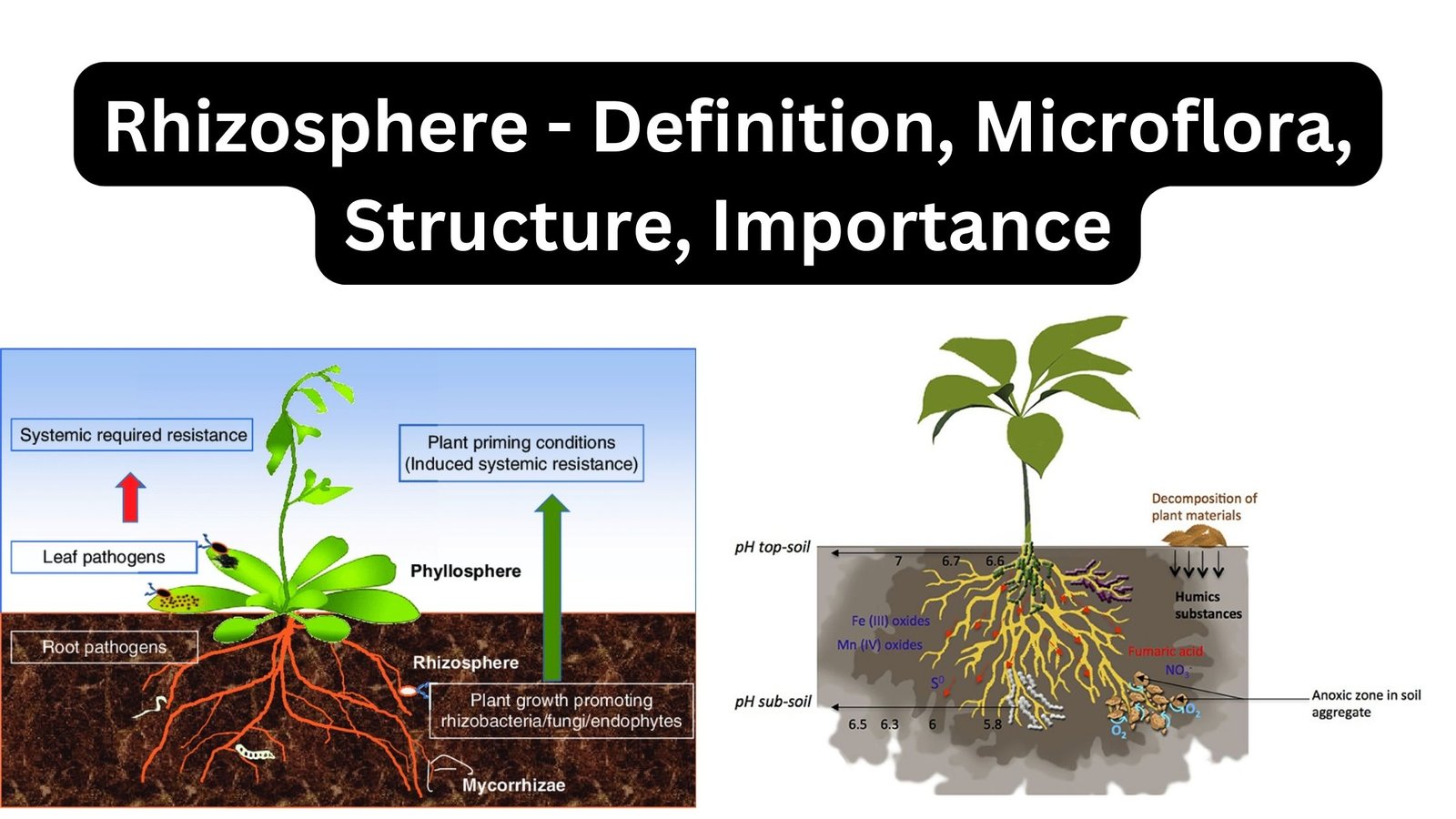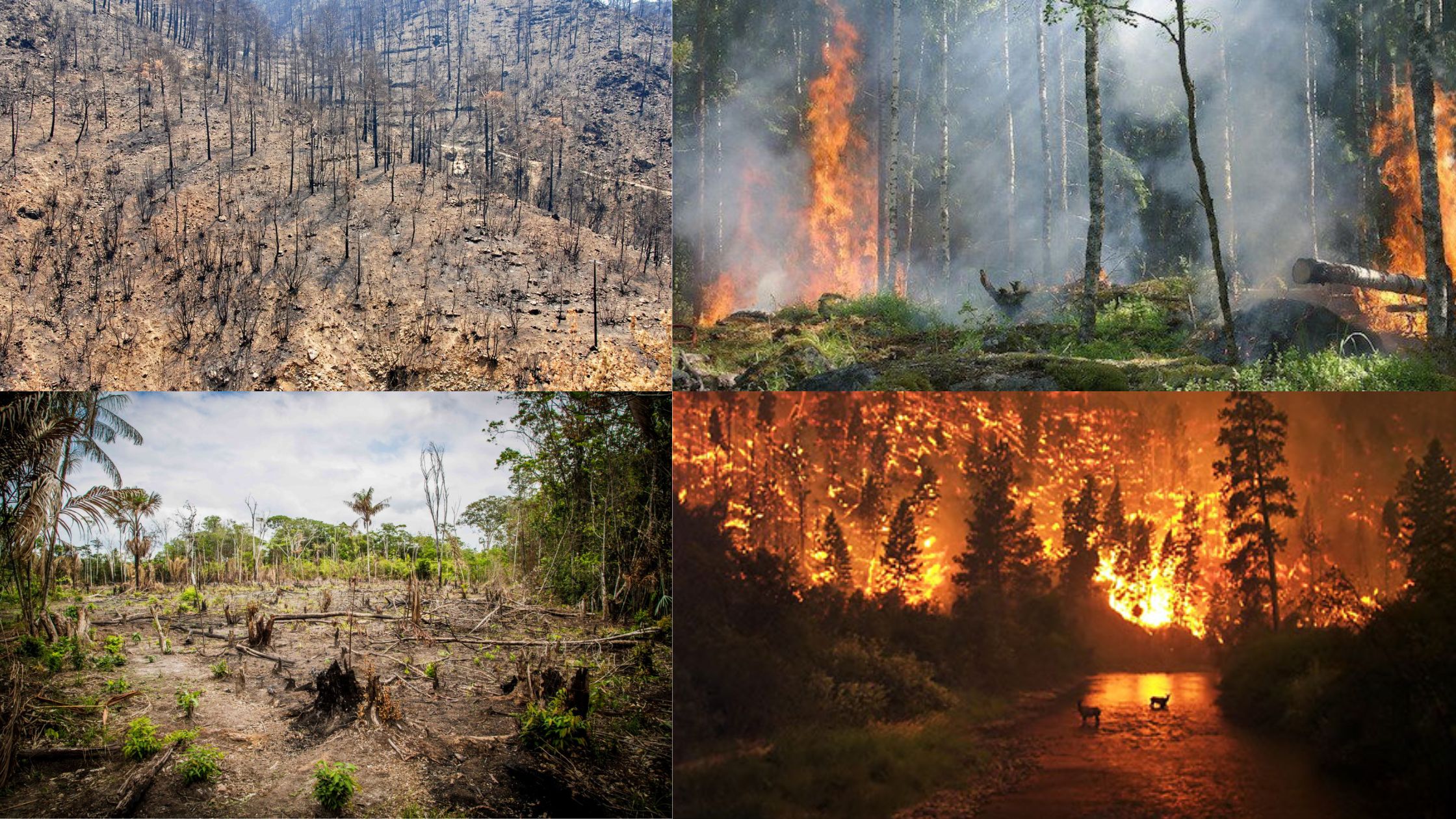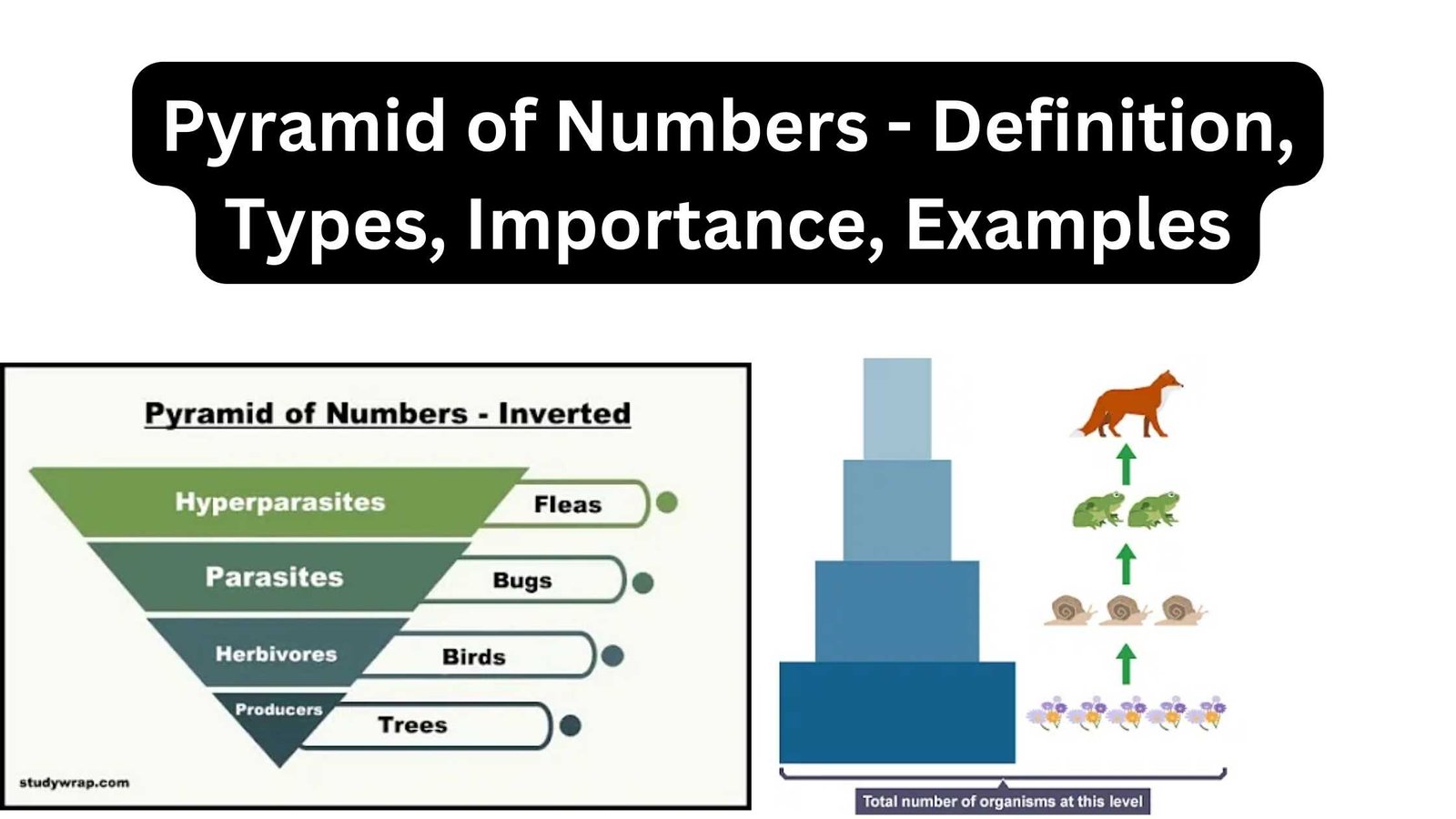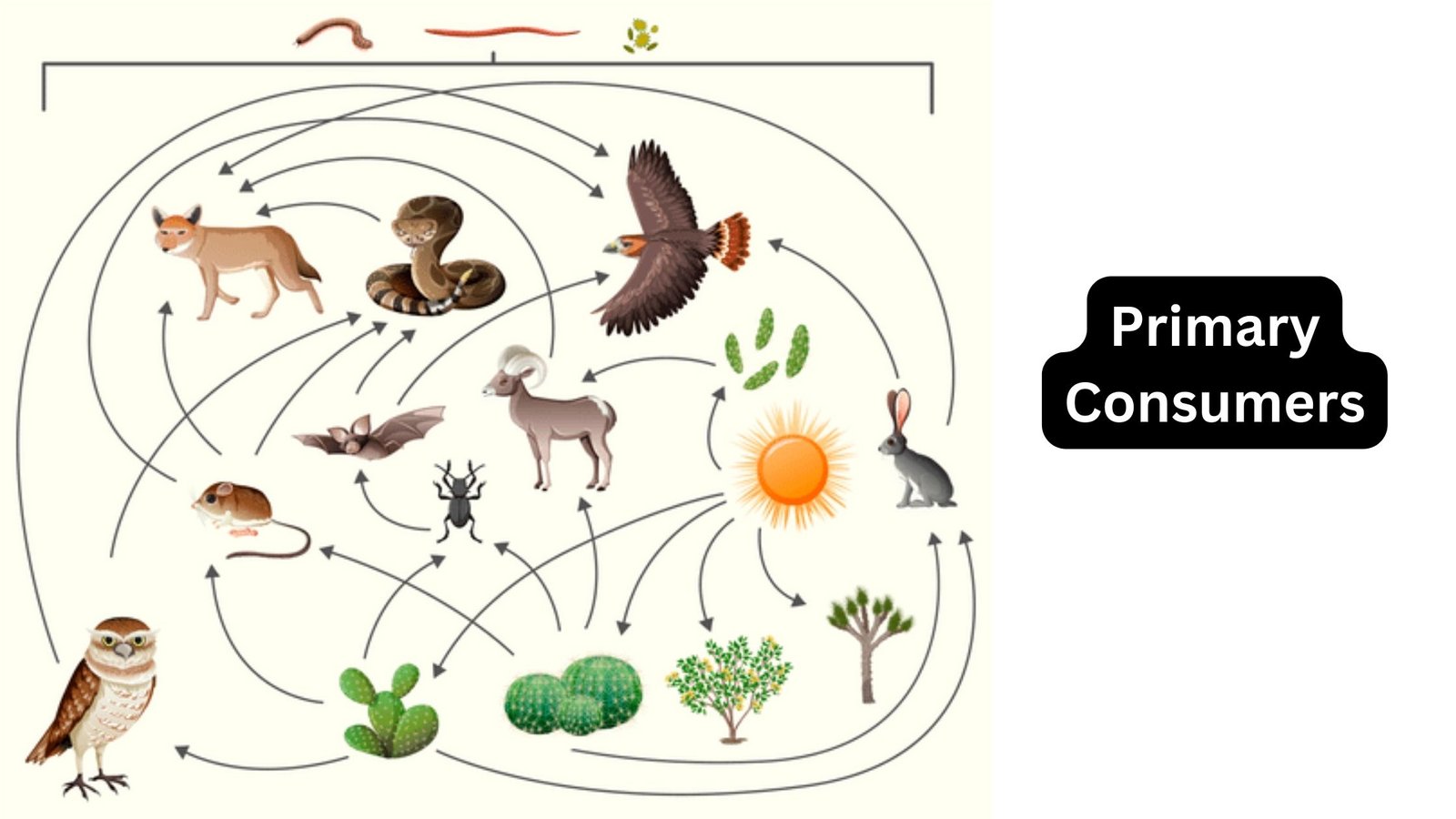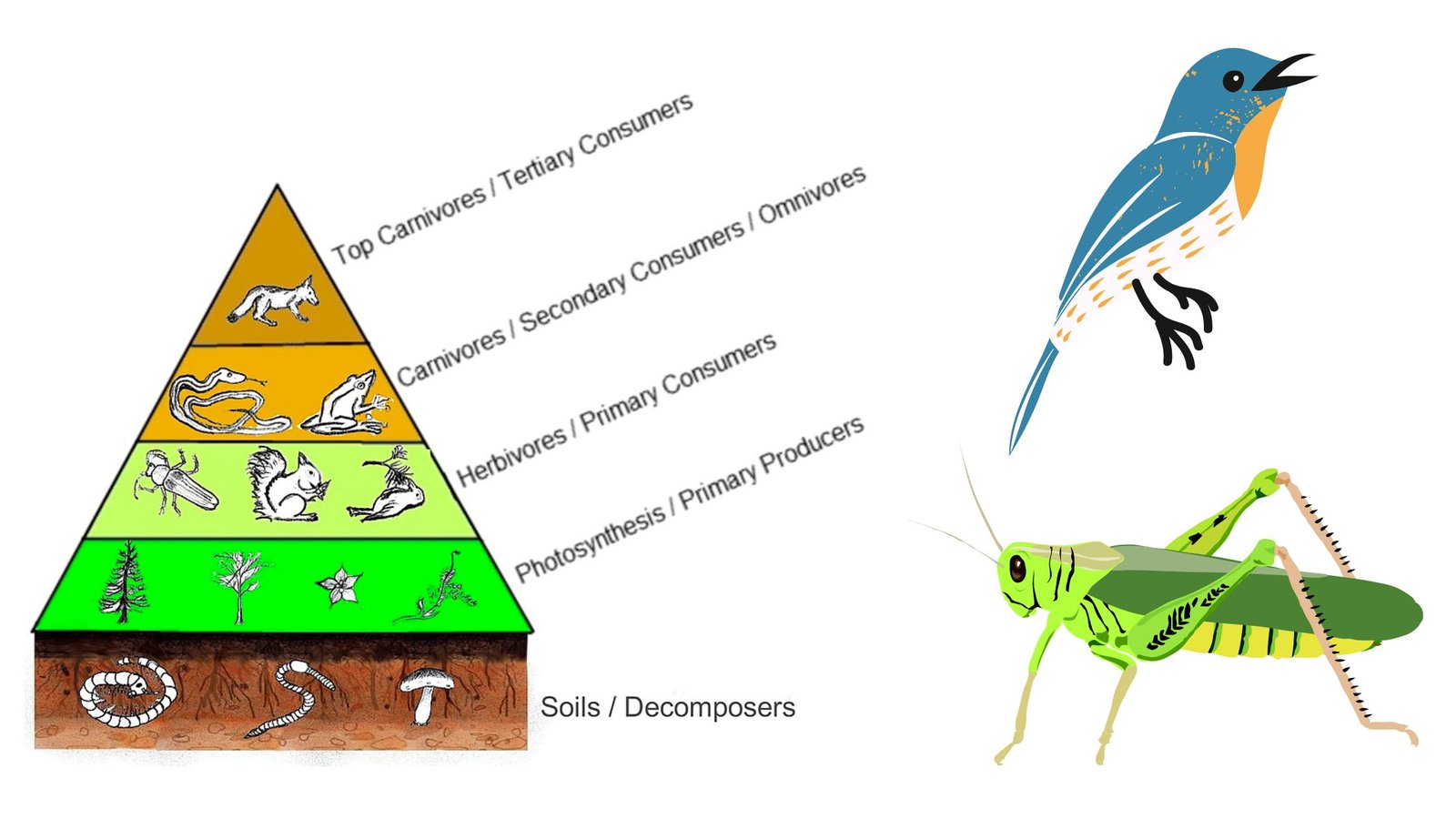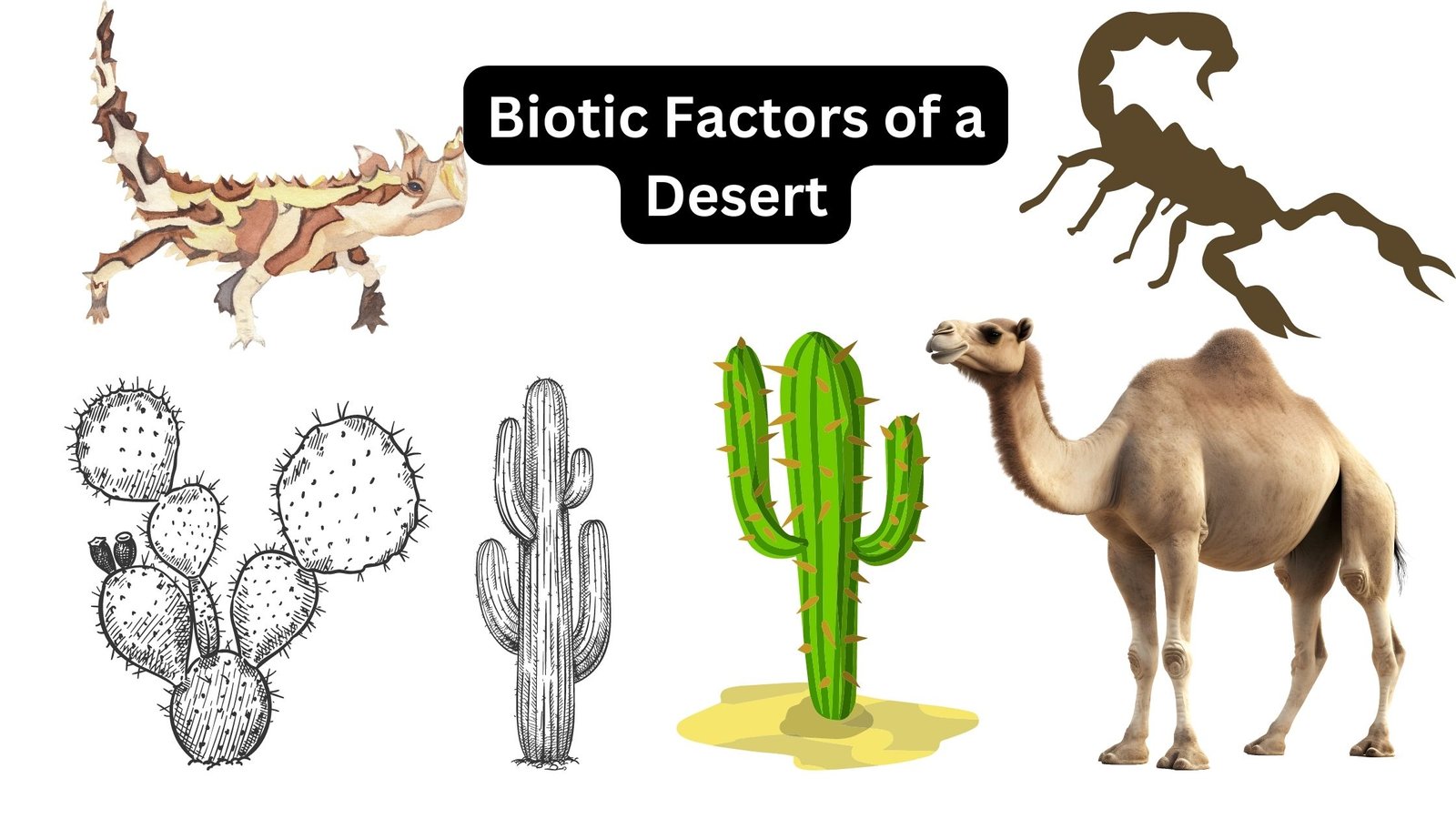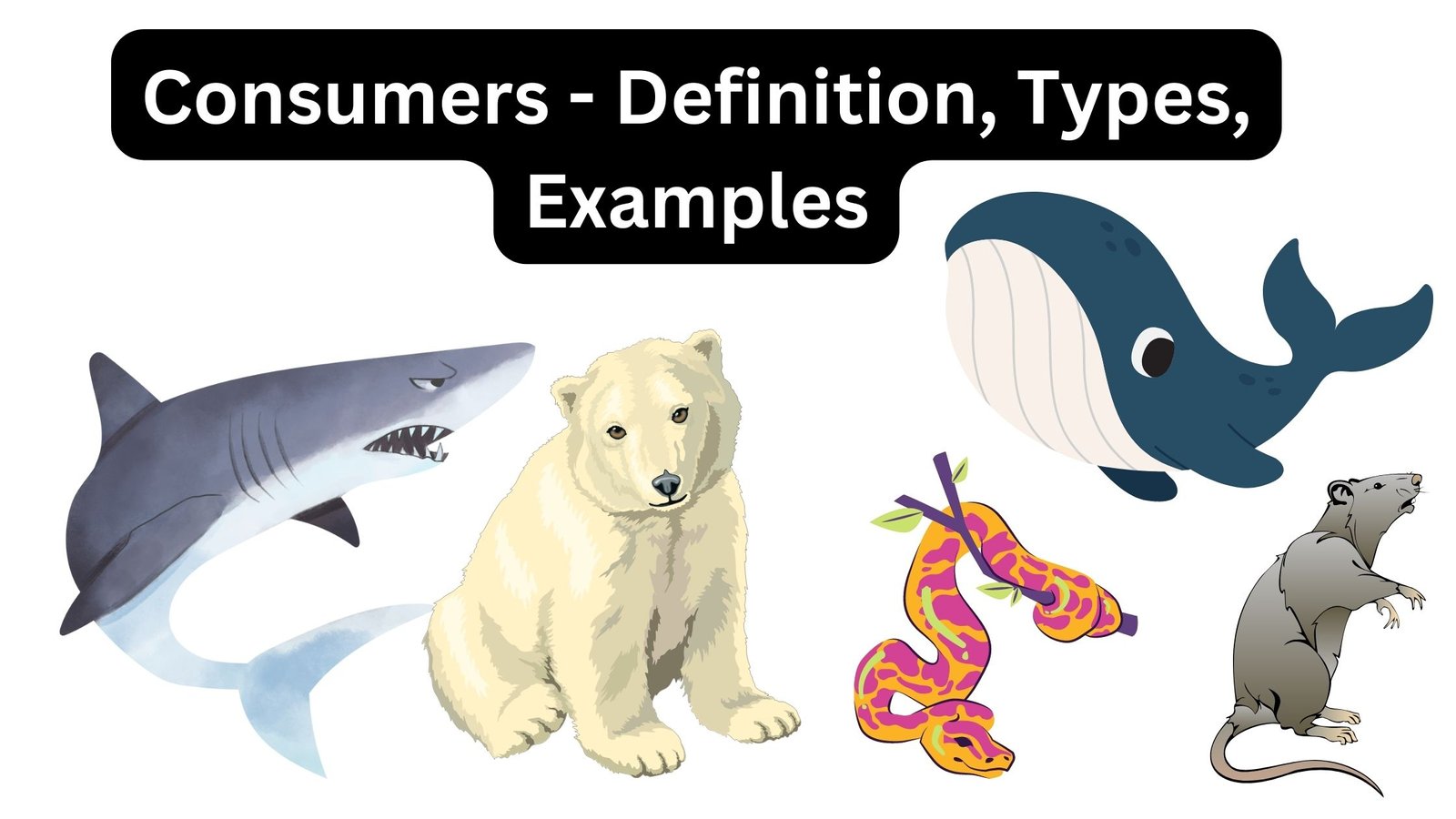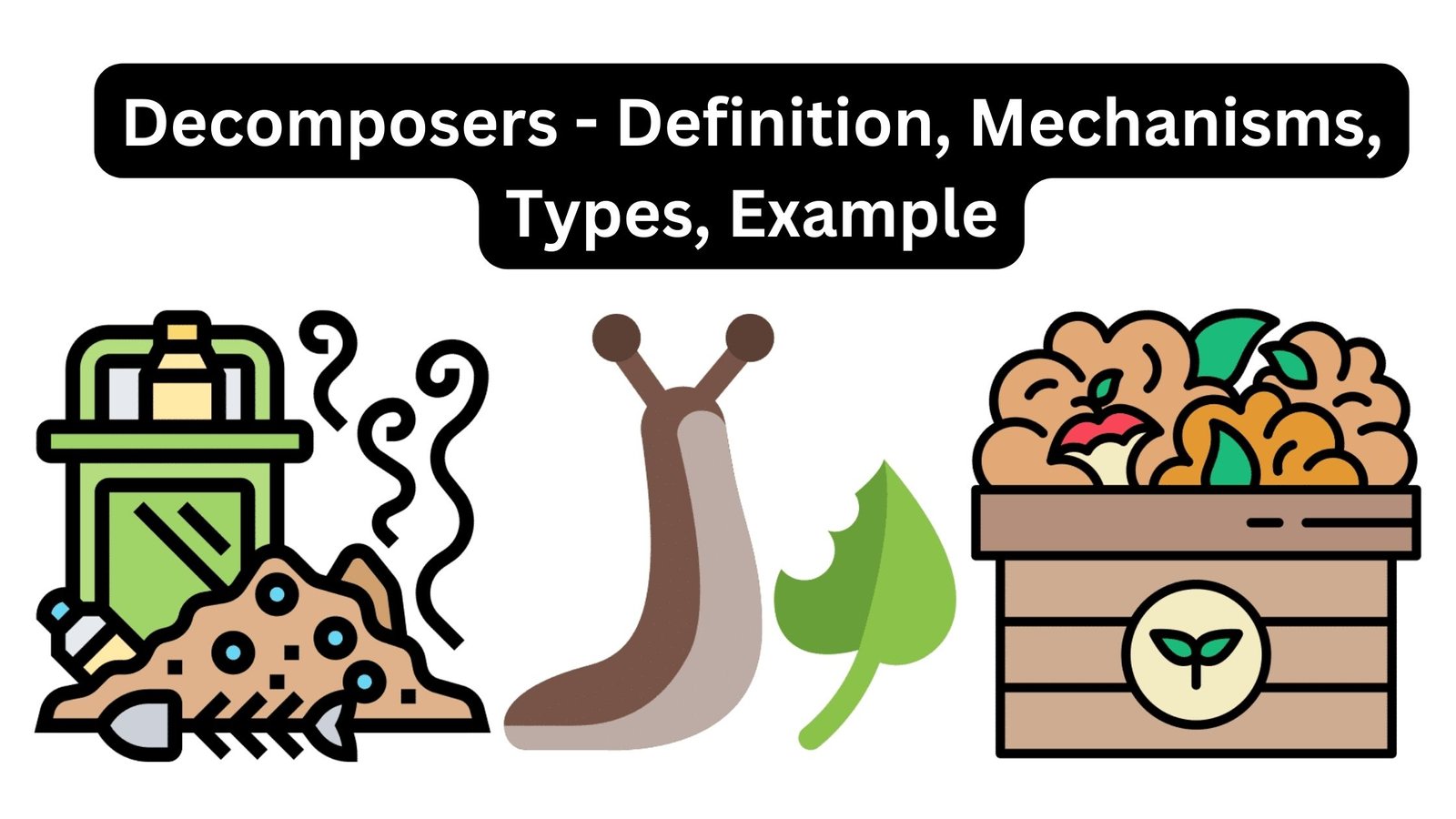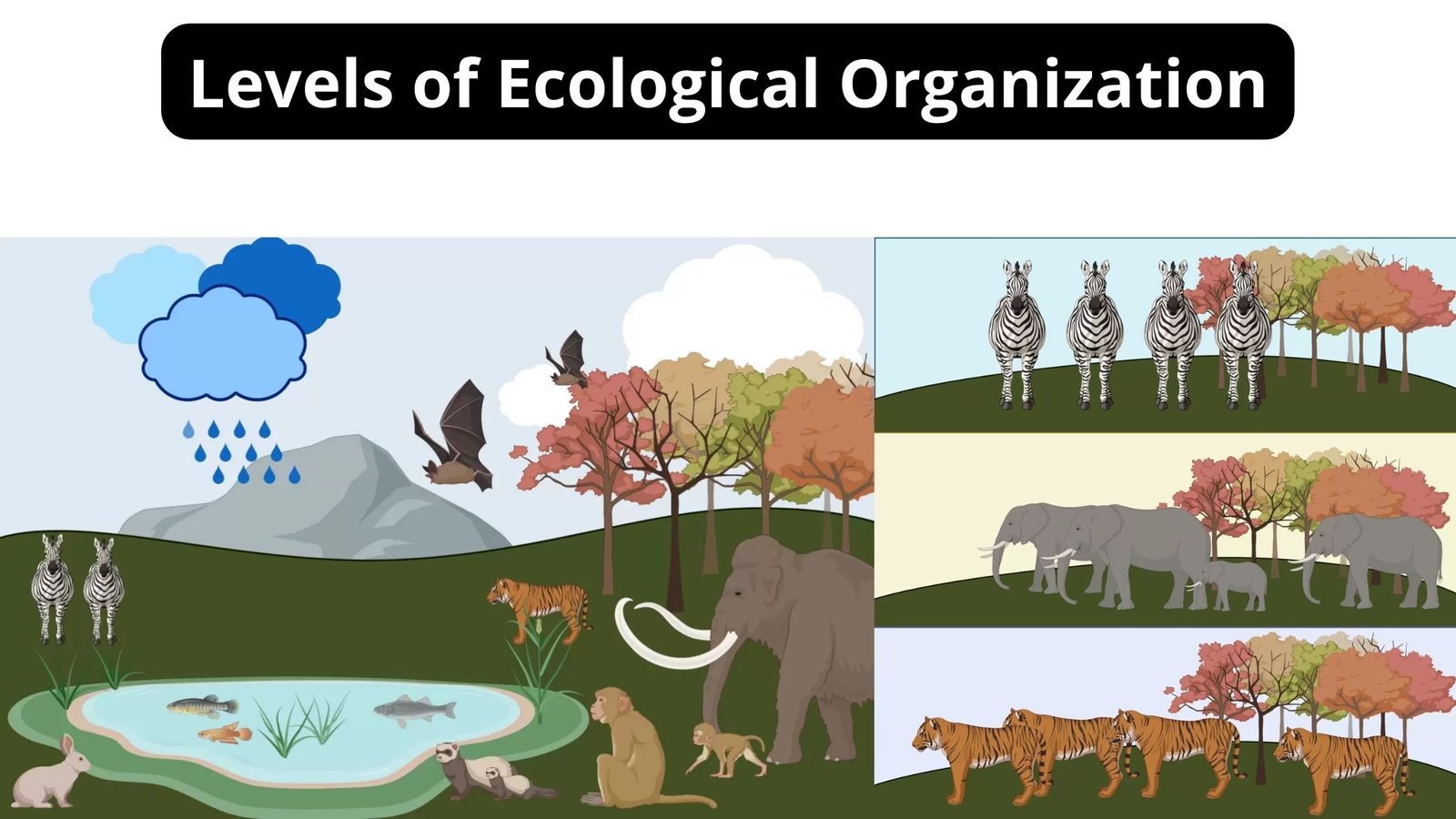Rhizosphere – Definition, Microflora, Structure, Importance
The rhizosphere is the narrow zone of soil that surrounds plant roots, acting as a bustling hub of biological and chemical activity. Imagine it as a dynamic marketplace where roots, microbes, and soil particles constantly interact. Plants release a mix of sugars, acids, and other organic compounds through their roots—a process often called “root exudation.” … Read more
